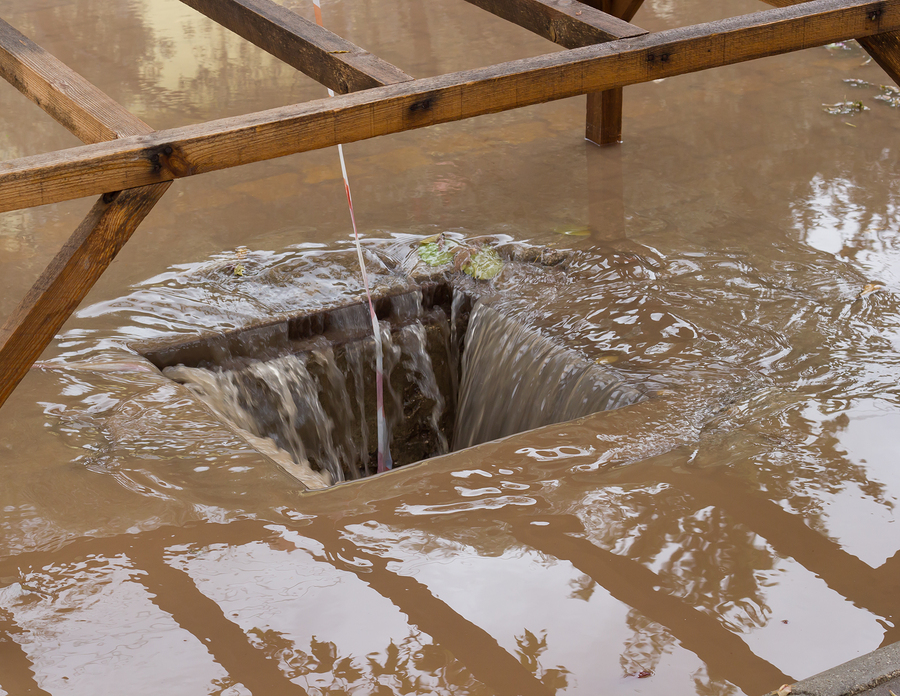Why You Should Prioritise Stormwater Management in Your Home
July 8, 2015When rainwater falls from the roof of your home, where does it go? You probably already know, and that’s straight down the drain. What you might not know is that letting all this water simply drain into the stormwater system may be slowly destroying the natural environment around you.
What’s the Big Deal with Stormwater?
Years ago when the drainage system was established it proved to be the best solution for stormwater, which is rainwater or melted ice that falls and flows onto urban areas. But now we are seeing the long term effects of this draining, and they are destructive.
See, what happens is that it isn’t just water that enters the drains. Dirt, trash, animal wastes, fertilisers, engine oils, detergents, eroded soil and many others enter the drains along with stormwater. This means a plethora of contaminants go with it: nutrients such as nitrogen and phosphorous, toxic trace metals, oils and surfactants, microorganisms and more. And these all go where the drains end- into waterways, where they can cause algal blooms, increases in water temperature and various threats to aquatic life.
The Importance of Stormwater Management Best Practices
Before urbanisation, the land was fully capable of continuing a hydrologic cycle. This cycle involves the natural evaporation and precipitation of water, as well as its gradual infiltration into ground water sources.
Because of the significant number of impermeable surfaces in urban areas, this cycle is disrupted – less infiltration occurs, and water flows much faster causing erosion and flooding. With less infiltration, potable ground water sources become limited. More stormwater goes into waterways, polluting them.
This is why urban stormwater best practice environmental management guidelines must be established and followed. These practices imitate natural systems in order to restore the hydrologic cycle; reduce runoff and erosion and resulting pollution; and increase slow and gradual water infiltration. These practices include green infrastructure, reducing impervious surfaces through the use of permeable paving, as well as reducing pollutants that are often carried in stormwater runoff.
Saving the Environment Starts at Home
There are plenty of other stormwater management best practices you’ll find here that you can immediately apply at home. One of them that we at StoneSet specialise in is the creation of permeable paving. Through the use of pebble resin, we can easily create an outdoor surface that acts as an infiltration system in your home. This will not only help manage stormwater, but will also increase the value and appeal of your home.
Help save the environment while making your home more beautiful. Contact StoneSet today for the best, environmentally-friendly paving solutions.


